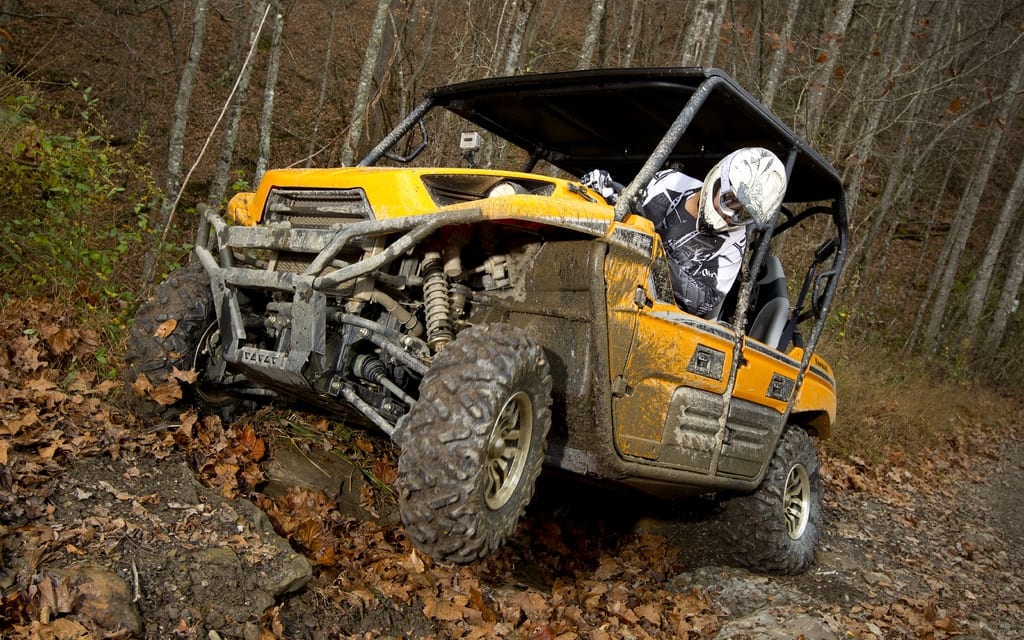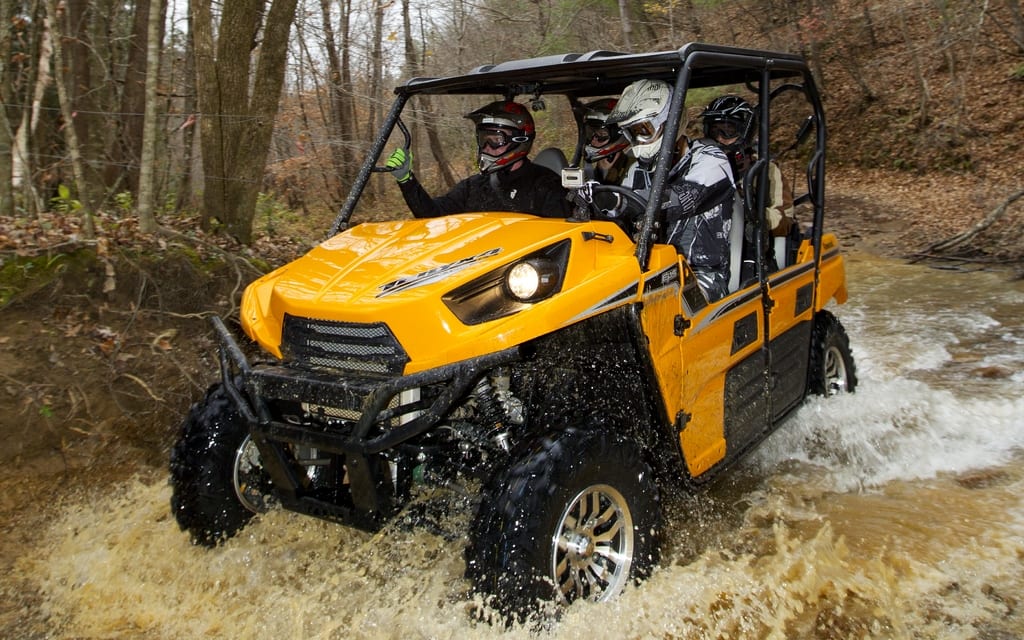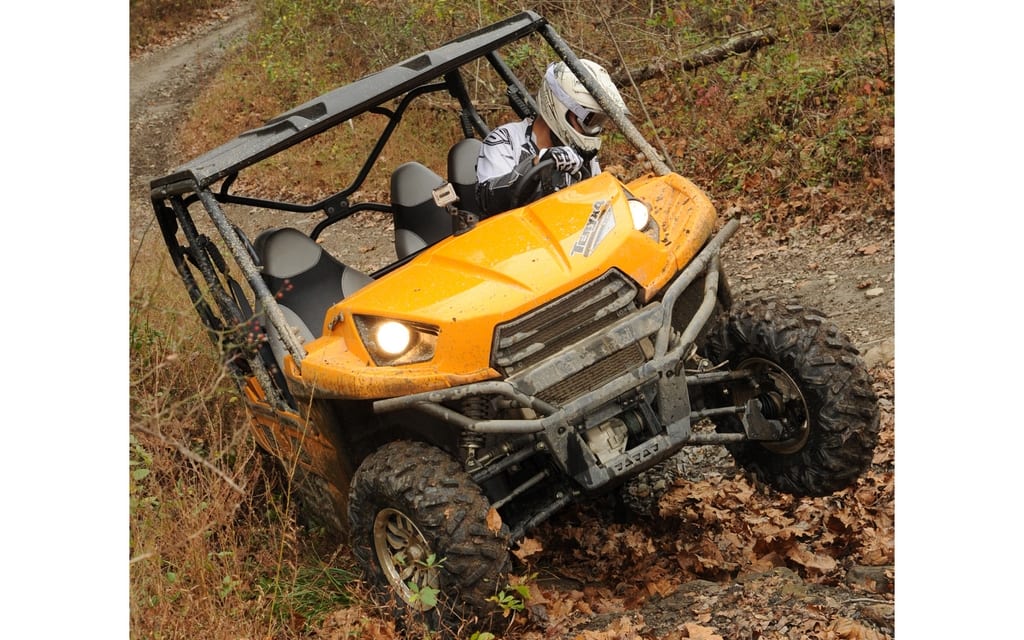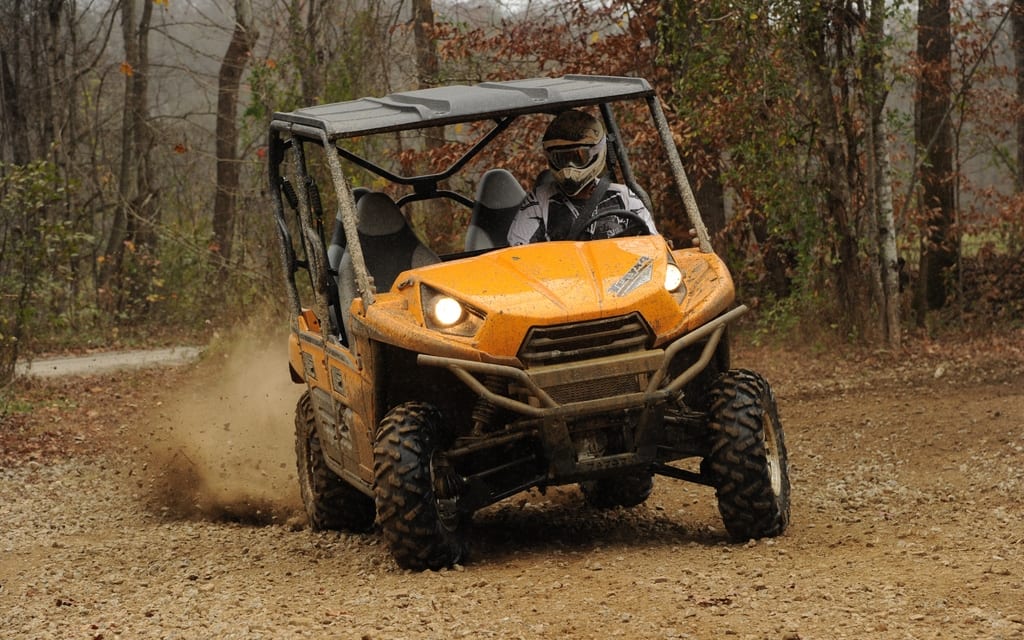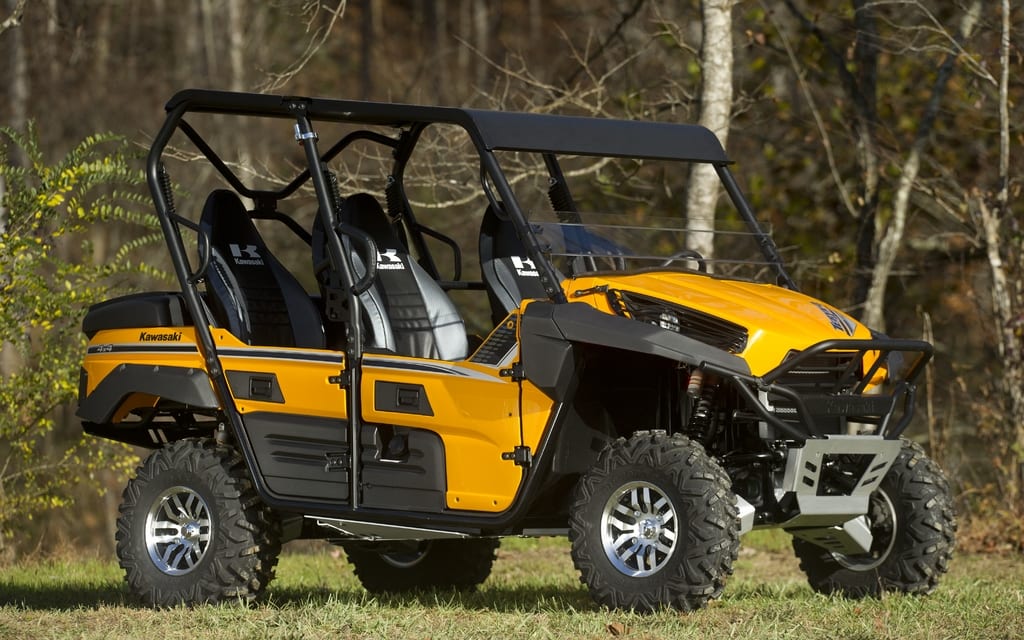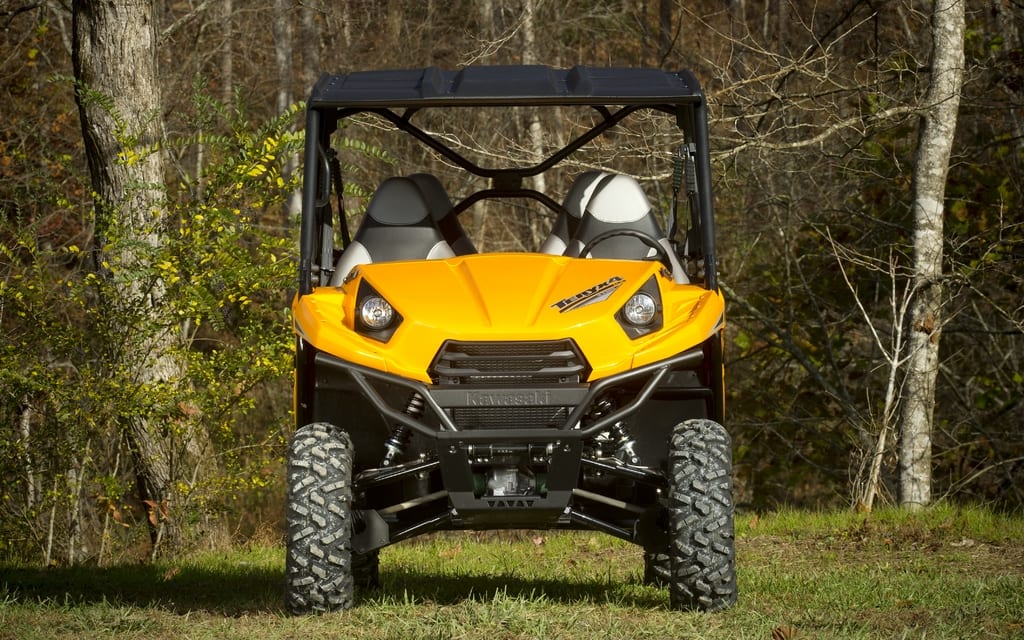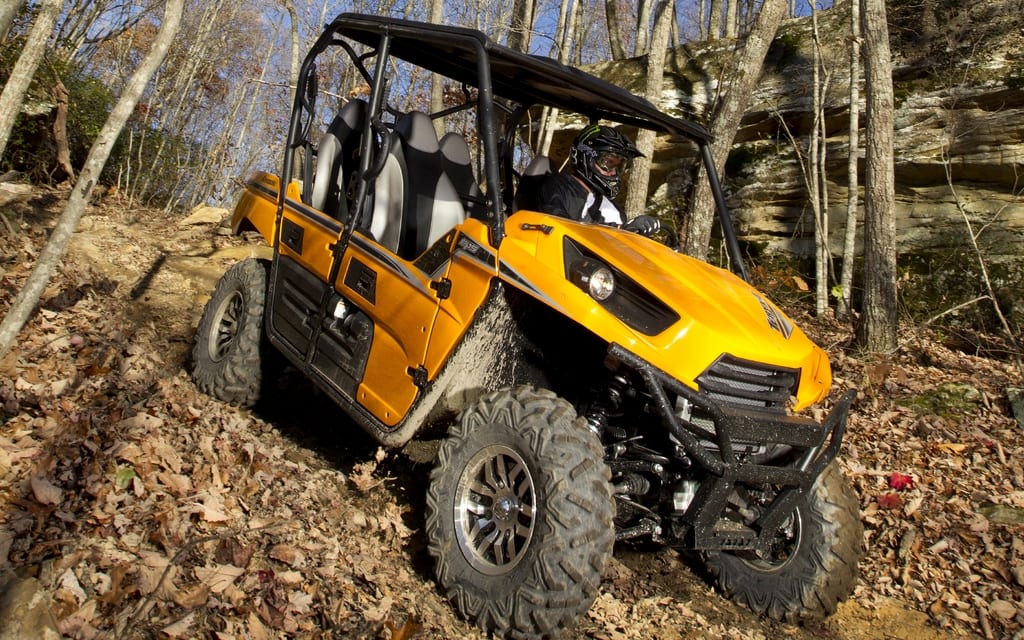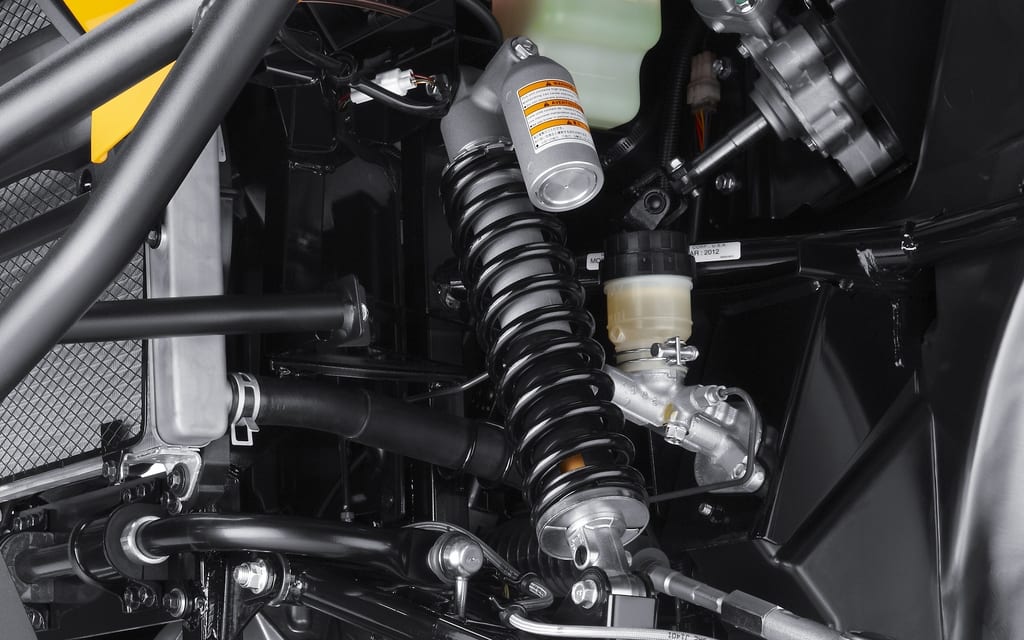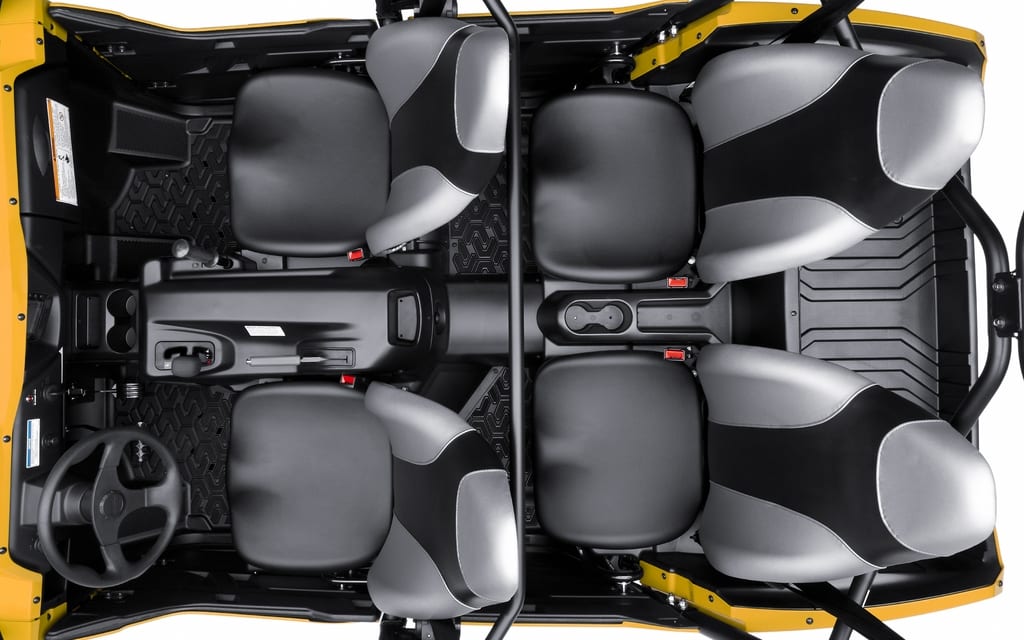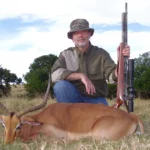Guide L-301 Revised by Louis C. Bender and Chris Allison College of Agricultural, Consumer and Environmental Sciences, New Mexico State University
Authors: Respectively, Senior Research Scientist (Wildlife) and Retired Extension Range Management Specialist, Department of Extension Animal Sciences and Natural Resources, New Mexico State University. (Print friendly PDF)
Table of Contents
Introduction
Mule deer (Odocoileus hemionus, Figure 1) are one of the most important game animals in New Mexico and the West. The size of the mule deer population in New Mexico is unknown, and densities of mule deer can vary greatly among areas and over time. For example, densities of mule deer ranged from an estimated <1.2 deer/mi2 on private land in Colfax County to <1.9 deer/mi2 on New Mexico State University’s Corona Range and Livestock Research Center (CRLRC), while a recent minimum count found 3.7 deer/mi2 in higher-density areas of the San Andres Mountains (Bender et al., 2011, 2012; L. Bender, unpublished data). On CRLRC, mule deer densities declined from 1.9 deer/mi2 in 2005 to 0.7 deer/mi2 in 2008, highlighting the variation possible in deer populations in response to drought and other factors. In general, mule deer have been declining in numbers in New Mexico since populations peaked around the 1960s, similar to declines seen throughout the West (Heffelfinger and Messmer, 2003). Because of population declines, harvests of mule deer have also declined; deer harvests (mostly mule deer), estimated to be as high as 55,000 in 1960, declined to <10,000 in 2013. Despite declines, mule deer are still present in all 33 counties in New Mexico.
Figure 1. Mule deer are New Mexico’s most important big game species. (Photo by Terry Spivey, USDA Forest Service, Bugwood.org.)
Range and Habitat
There are two subspecies of mule deer in New Mexico, the Rocky Mountain mule deer (O. hemionus hemionus) and the desert mule deer (O. hemionus eremicus). Rocky Mountain mule deer are found in the northern two-thirds of the state and desert mule deer in the southern third. The Rocky Mountain mule deer is larger; the average field-dressed weight of mature (6 years or older) males (bucks) is around 195 lb, with larger deer weighing more than 250 lb. Mature desert mule deer average about 140 lb field-dressed, with the largest deer approaching 170 lb.
Mule deer are extremely varied in their habitats. Rocky Mountain mule deer are found from above the timberline to low-elevation short grasslands, and frequently in urban areas. During winter, deer that use higher elevations usually migrate to lower elevations where food is more easily obtainable and deep snow does not limit their movements.
Desert mule deer prefer shrublands and woodlands in desert mountain ranges and hills, or arroyos in arid desert flats. They normally spend summer and winter in the same general area.
Physical Description
Mule deer have extremely large ears, hence the name. Adults have a reddish coat in summer and a gray coat in winter. The summer coat is fine and silky in texture and the winter coat is coarser and thicker. Desert mule deer are usually lighter or paler than Rocky Mountain mule deer. The reddish-brown fawns are spotted and depend on their protective coloration for safety. They lose their spots two to three months after they are born. A characteristic feature of the mule deer is the large white rump patch that surrounds the base of the tail. The tail itself is white with a small black tip. Unlike the white-tailed deer, the mule deer does not raise its tail in alarm, but holds it against the body as it flees. Mule deer may also stot, or bounce stiff-leggedly on all four legs, when fleeing.
Mule deer bucks have antlers that are forked (Figure 2) instead of being like a white-tailed deer’s, whose points rise from the main beam (Figure 3). The antlers are shed following the breeding season each winter, and new antlers begin growing shortly after the old ones are dropped. The dropping of antlers occurs when the length of daylight decreases, triggering glandular reactions that control the production of testosterone, insulin-like growth factor-1, and other hormones. The same process is involved in the growth of the new antlers, which are covered by a skin called velvet that contains an extensive network of blood vessels. These supply the protein and minerals needed for the growth of antlers, which are the fastest-growing tissues in the animal kingdom. In late August or September, the velvet dries up and is rubbed off on small trees and shrubs as the antlers harden or mineralize. Antler size and number of points depend mostly on the deer’s age, physical condition, and their genetic background (Bender, 2011).
Figure 2. Antlers from a mule deer.
Figure 3. Antlers from a white-tailed deer.
Life Cycle
The breeding season or rut for mule deer in New Mexico begins in late November (northern areas of the state) and lasts until mid-January (southern areas). During breeding periods, mature bucks cover a large area in search of receptive females (does). The does are receptive for about three days. If they are not bred during this time, their cycles will continue, and 28 days later they will again be receptive. Unbred mature does are rare in New Mexico.
There is little actual fighting between bucks because dominance hierarchy has usually been established before peak rutting periods occur. The smaller or less-aggressive bucks recognize their superiors and usually give in to their dominance. The breeding class is usually the prime-aged mature bucks, plus a few younger bucks who are exceptionally large-bodied or aggressive. One buck will breed with many does, so it is not necessary to have equal numbers of males and females. No permanent bond is formed between bucks and does. When the female is no longer receptive, the buck will leave her to seek other does.
Mule deer have a gestation period of about seven months. Fawns are usually born in June and July, later in southern New Mexico and later if does are in poor condition. Normally, a doe has one fawn the first time she gives birth. After this, she may have multiple fawns if she is in good condition. After about age seven the number of fawns will decrease again.
Fawns get up on their feet only hours after birth, but they are rather unsteady and very susceptible to predation. During their first few days, they remain hidden and alone except when feeding (Figure 4). At about three weeks of age, the fawns begin sampling solid foods, and shortly thereafter they begin to accompany the doe almost constantly. Most fawns are weaned by October or November, after which they are dependent on their competitive ability to obtain adequate nutrition. Fawns that are larger at birth, or born earlier, tend to be larger at weaning and therefore are more likely to survive.
Figure 4. Fawns depend upon hiding and lying still for survival during their first few weeks. (Photo by Mara Weisenberger.)
Survival
Typically >80% of unhunted mule deer adults in New Mexico survive each year, although this can drop to <60% during severe droughts (Bender et al., 2007, 2010, 2011). Likewise, survival of fawns can range from >50% to none surviving, and the latter occurs during droughts when condition of adult females is very poor (Lomas and Bender, 2007). Malnutrition is the most common cause of death (excluding hunting) in studied mule deer populations in New Mexico.
Malnutrition is the most common disease of mule deer (Bender et al., 2007, 2010, 2011), and when other diseases and parasitism cause mortality, the actual underlying cause is usually poor-quality food that causes malnourishment. Probably the most publicized diseases of mule deer are the epizootic hemorrhagic disease-bluetongue complex (collectively called hemorrhagic disease [HD]) and chronic wasting disease (CWD). HD is a viral disease that affects deer, pronghorn, and bighorn sheep; it is spread by biting gnats or midges (Culicoides spp.). Although HD can be enzootic (always present in low frequency), in mule deer it is most commonly seen in infrequent epizootics (outbreaks), which can result in a large number of deaths when deer and vector conditions are conducive to outbreaks. Outbreaks occur during late summer or early autumn, usually in close proximity to wet areas. During outbreaks, some deer die quickly with no apparent signs of disease, others may die within a week, some recover but are debilitated, and still other deer show no sign of disease during outbreaks, and survivors may develop immunity to that particular virus serotype (but not necessarily other HD virus serotypes). White-tailed deer are more vulnerable to HD (especially epizootic hemorrhagic disease) than mule deer, and thus high mortality from HD is more common in white-tailed deer and pronghorn than mule deer.
Chronic wasting disease (CWD) is an invariably fatal degenerative neurological disease of deer, elk, and moose. CWD, a transmissible spongiform encephalopathy, is very rare in New Mexico and is limited to portions of the San Andres, Organ, and Sacramento Mountains. Uncertainty still lingers over exactly how CWD is spread and even the causative agent, which is likely an abnormal protein called a prion. Much of the concern about CWD involves its similarity to bovine spongiform encephalopathy (BSE), or mad cow disease; consuming products from BSE-infected cattle has been linked to fatal new variant Creutzfeldt-Jakob disease in humans. However, the World Health Organization has concluded that there is no evidence that CWD can be transmitted to humans. Despite this, hunters should avoid eating venison from infected animals (or other obviously sick animals) and should use simple precautions, such as wearing latex gloves when handling deer or elk from areas known to have CWD. Many states also restrict movement of venison or other parts of deer, elk, and moose from areas or states where CWD is present; be sure to check with local Game Departments for regulations on transporting venison. The Chronic Wasting Disease Alliance website (www.cwd-info.org) is an excellent source for up-to-date information regarding CWD and its management.
Predators kill deer in New Mexico each year. The chief animals that prey upon deer are mountain lions, black bears, Mexican wolves, coyotes, bobcats, and feral dogs. Interactions between predators and mule deer are complex and highly variable across distance and time; the key to understanding predation is differentiating between the act of predation and the effect of predation. Although predators kill deer, predation may have little effect on the population if predation substitutes for (e.g., is compensatory to) other forms of mortality because deer are in poor condition or otherwise predisposed. When predation is additive to other mortality factors, then predation can limit deer populations. Whether predation is mostly additive or mostly compensatory varies with the specific local conditions of the predator and prey communities, and their surroundings.
Mule deer can live about 10-15 years. The average lifespan of bucks is shorter than does, especially in areas of heavy hunting pressure. Because of this, most populations contain only 25-50 bucks for every 100 does.
Food Habits
Mule deer feeding is mainly crepuscular, meaning that they feed mostly early in the morning and again just before dark. They prefer higher-quality foods like forbs (commonly called weeds) and browse (leaves, buds, and new shoots of shrubs and trees), but they also utilize grasses when young and actively growing as well as succulents. Seasonally, mule deer diets are >60% browse in spring, >50% browse in summer and autumn, and >80% browse in winter (Heffelfinger, 2006). Most of the remainder of the diet is forbs, and grasses and succulents (e.g., cacti) usually contribute much less than 10% seasonally.
The actual diet of deer is very diverse and reflects what is available. Common foods in northern New Mexico include aspen, chokecherry, oaks, bearberry, bitterbrush, mountain mahogany, and most other shrubs in the rose family (Rosaceae). Winter diets may be supplemented with firs, pines, and other evergreens, though in limited quantities because many of these conifers contain secondary plant compounds that are toxic to deer, inhibiting function of their digestive systems. In southern New Mexico, common foods include mountain mahogany, oaks, skunkbush, yucca, ceanothus, mesquite pods, globemallow, vervain, and silktassel. Piñon and juniper may be used during dry seasons and winter months despite plant toxins, the effects of which can be minimized by mixing these with other plant species. In all areas, a wide variety of other forbs are important depending upon what exactly is available.
Mule deer are classed as concentrate selectors, meaning they eat lesser amounts of very high-quality foods; hence, they select for foods with high concentrations of readily digestible nutrients such as simple sugars. These are, as noted previously, mainly browse and forbs. Because of their need for high-quality foods, deer are always on the move while feeding. They take a bite and move on, spending little time in one spot, selecting the best foods that are available. This continued movement ensures a properly balanced diet if sufficient plant species are present.
Like other ruminants, the mule deer has a four-chambered stomach. When they eat, the food is swallowed with a minimum amount of chewing. Between feedings, the food is regurgitated and rechewed as cud. When reswallowed, it passes through the other chambers of the stomach and on through the digestive system. Food passes through their digestive system much more rapidly than in elk or cattle, however, and this short retention time limits just how much plant material mule deer can digest. This, combined with a faster metabolism than elk or cattle, is what drives their need for high-quality, easily digestible foods.
Availability of water can influence deer use of a particular area. Their daily intake varies from 0 to 1 1/2 quarts per 100 pounds of body weight. This is influenced by time of year, activity, and the kind of forage the deer is eating.
Sign
The most common sign of deer use of an area is their tracks. The track is from 2 3/4 to 3 1/4 inches long, and the walking stride is 22 to 24 inches long. When the mule deer runs, all four feet leave the ground at once, unlike the white-tailed deer, which pushes off with its hind feet. The resulting track patterns of the two species obviously differ.
When a deer browses, a characteristic stub remains (Figure 5). The jagged, shredded end of the twig results when the lower incisors pinch the twig against the toothless upper gums. The deer pulls and actually tears the twig, leaving a jagged, uneven end rather than a smooth cut.
Bucks remove the velvet from their antlers on small trees and shrubs. The scarred and broken branches and bark are easily observed about 18 inches above the ground. Many of these may be found in an area because one buck will rub several trees.
The dark brown scat of mule deer is usually found in clumps. Each pellet is about 1/2 inch long and tapered on one end. The fibrous material on which a deer has been feeding is often observable in the scat.
Figure 5. Browsing by deer leaves jagged twig ends.
Habitat Enhancement Recommendations
Owners who want to improve mule deer habitat on private lands should keep in mind a wide range of considerations. Ideal range of mule deer provides both food and cover, with shrublands and woodlands providing the best habitat because they provide both food and cover. Conversely, grasslands tend to be poorer habitat because they usually lack cover (Bender, 2012). Diversity is the key to managing mule deer; the healthiest deer herds are those on ranges that supply the greatest variety and abundance of woody browse and forbs of high nutritional quality throughout the year. Whether mule deer need free water is uncertain; they can probably meet their needs from succulent foods. However, they do prefer sites around water, and free water may be required during droughts or while raising fawns. Thus, permanent watering spots should be retained and created where desired, especially in desert mule deer ranges. When new impoundments are built, several smaller holes are more desirable than one large one.
Management and the Future
Hunting is the main source of mortality for adult bucks, and control of hunting seasons is used to manage mule deer populations in New Mexico. The locations, date, and length of seasons are used to control hunter numbers and densities; this in turn controls harvest to some extent. In areas where deer are abundant, antlerless and either-sex hunts are used. This encourages harvest by hunters where numbers need to be reduced and maintains a younger, more productive age structure in the doe population.
Ultimately, however, habitat is the key to mule deer populations. Peaks in mule deer populations in the mid-1900s resulted from obvious and subtle landscape changes associated with human settlement (see, for example, the history in Clements and Young, 1997). Habitat changes resulting from extensive logging, initial overgrazing of grasslands, and large wildfires greatly favored mule deer by creating large areas of shrublands and early successional (saplings) forests. Mule deer responded to these new habitats, especially the huge increase in shrublands, with population increases that peaked generally sometime during the 1940s to 1970s. Later, improved range management favoring grasses over shrubs, control of fires allowing shrublands to grow old or develop into closed forests, and greatly reduced logging all reduced preferred mule deer habitats. These changes have decreased the amount of mule deer habitat in New Mexico and throughout the West. As one example, the amount of forestland in aspen, probably the best mule deer habitat in northern New Mexico, has declined 88% (Bartos, 2001). These changes have driven deer populations down because they have greatly reduced both the amount and quality of mule deer habitat.
Thus, the welfare of mule deer in New Mexico is influenced by other uses of forests and rangelands. Land use policies developed by land management agencies are an important component of mule deer management. Only through coordinated efforts of these agencies and support for management programs from the general public can New Mexico be assured of a healthy mule deer population.
So, what does the future hold for mule deer? The “good old days” of the 1950s and 1960s are gone forever; the circumstances that created so much high-quality habitat can never be duplicated in modern times. However, managers can continue to try to maintain or increase the quality of remaining habitats to increase mule deer numbers above the current low levels. Cooperative Extension programs, the Western Association of Fish and Wildlife Agencies Mule Deer Working Group (www.muledeerworkinggroup.com), and State Wildlife Agencies all have publications and other information available on increasing the quality of deer habitat. For more information on all aspects of mule and white-tailed deer ecology and management, see Deer of the Southwest (Heffelfinger, 2006).
References
Bartos, D.L. 2001. Landscape dynamics of aspen and conifer forests. In W.D. Shepperd, D. Binkley, D.L. Bartos, T.J. Stohlgren, and L.G. Eskew (compilers), Sustaining aspen in western ecosystems: Symposium proceedings [Proceedings RMRS-P-18], (pp. 5-14). Fort Collins: U.S. Forest Service, Rocky Mountain Research Station.
Bender, L.C. 2011. Basics of trophy management [Guide L-111]. Las Cruces: New Mexico State University Cooperative Extension Service.
Bender, L.C. 2012. Guidelines for management of habitat for mule deer: Piñon-juniper, Chihuahuan desert, arid grasslands, and associated arid habitat types [Circular 662]. Las Cruces: New Mexico State University Cooperative Extension Service.
Bender, L.C., L.A. Lomas, and J. Browning. 2007. Condition, survival, and cause-specific mortality of mule deer in northcentral New Mexico. Journal of Wildlife Management, 71, 1118—1124.
Bender, L.C., J.C. Boren, H. Halbritter, and S. Cox. 2011. Condition, survival, and productivity of mule deer in semiarid grassland-woodland in east-central New Mexico. Human-Wildlife Interactions, 5, 276—286.
Bender, L.C., B.D. Hoenes, and C.L. Rodden. 2012. Factors influencing survival of desert mule deer in the greater San Andres Mountains, New Mexico. Human-Wildlife Interactions, 6, 245—260.
Clements, C.D., and J.A. Young. 1997. A viewpoint: Rangeland health and mule deer habitat. Journal of Range Management, 50, 129-138.
Heffelfinger, J. 2006. Deer of the Southwest. College Station: Texas A&M University Press.
Heffelfinger, J.R., and T.A. Messmer. 2003. Introduction. In J.C. de Vos, Jr., M.R. Conover, and N.E. Headrick (Eds.), Mule deer conservation: Issues and management challenges (pp. 1-11). Logan, UT: Jack H. Berryman Institute.
Lomas, L.A., and L.C. Bender. 2007. Survival and cause-specific mortality of mule deer fawns in northcentral New Mexico. Journal of Wildlife Management, 71, 884-894.
Original author: James E. Knight, Extension Wildlife Specialist.
Acknowledgement: Some of the information presented here was obtained from publications of the New Mexico Department of Game and Fish (www.wildlife.state.nm.us). This agency is responsible for the management of big game populations in New Mexico.
To find more resources for your business, home, or family, visit the College of Agricultural, Consumer and Environmental Sciences on the World Wide Web at pubs.nmsu.edu
Contents of publications may be freely reproduced for educational purposes. All other rights reserved. For permission to use publications for other purposes, contact pubs@nmsu.edu or the authors listed on the publication.
New Mexico State University is an equal opportunity/affirmative action employer and educator. NMSU and the U.S. Department of Agriculture cooperating.
May 2014

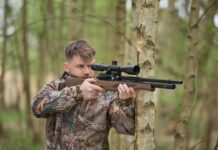






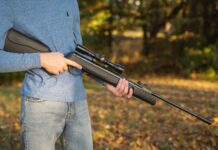

















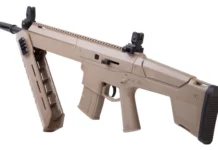


















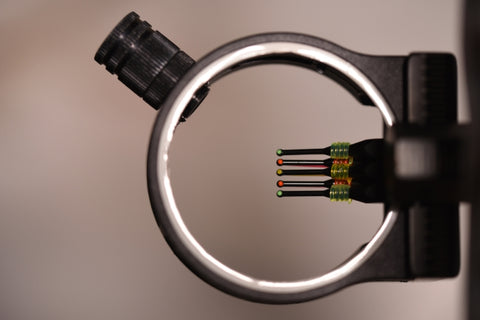
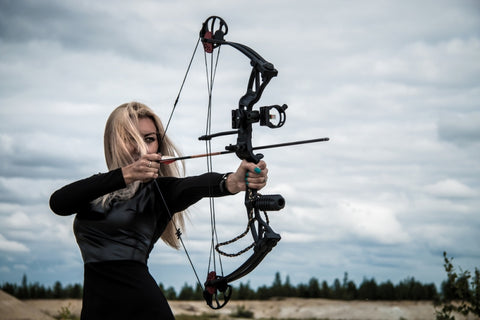
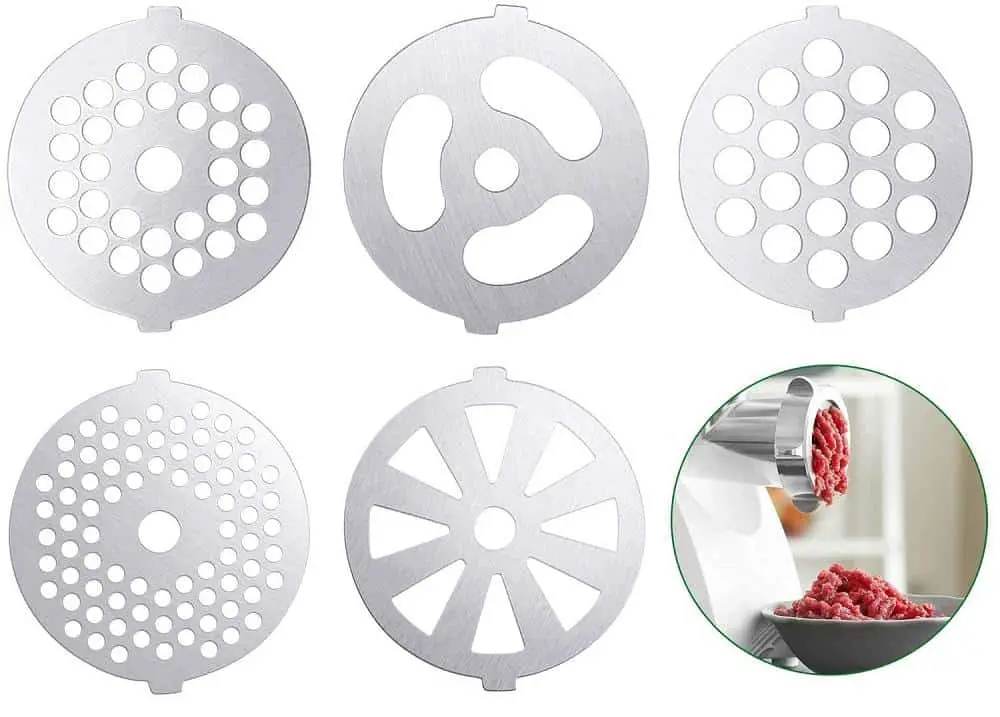
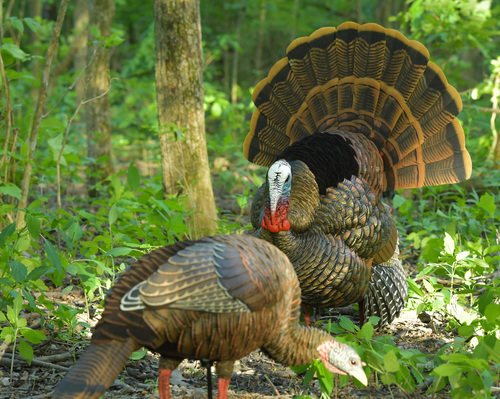
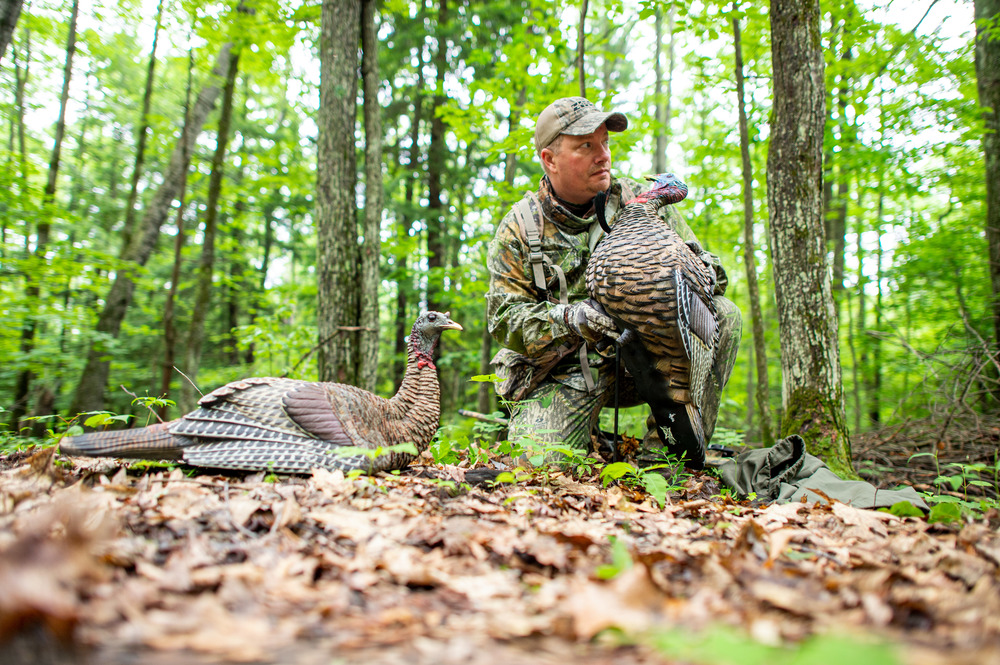
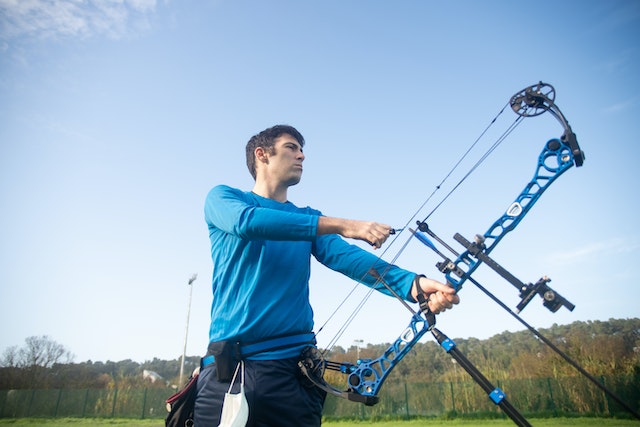
 Caldwell Ballistic Precision Chronograph
Caldwell Ballistic Precision Chronograph  Shop NowClick to read my review
Shop NowClick to read my review  Caldwell Ballistic Precision Chronograph G2
Caldwell Ballistic Precision Chronograph G2 
 Shop NowClick to read my review
Shop NowClick to read my review  Competition Electronics ProChrono Digital Chronograph
Competition Electronics ProChrono Digital Chronograph  Shop NowClick to read my review
Shop NowClick to read my review  LabRadar Ballistic Velocity Doppler Radar Chronograph
LabRadar Ballistic Velocity Doppler Radar Chronograph  Shop NowClick to read my review
Shop NowClick to read my review  MagnetoSpeed V3 Ballistic Chronograph
MagnetoSpeed V3 Ballistic Chronograph 
 Shop NowClick to read my review
Shop NowClick to read my review  Shooting Chrony 7000129 Beta Master Chronograph
Shooting Chrony 7000129 Beta Master Chronograph  Shop NowClick to read my review
Shop NowClick to read my review 















